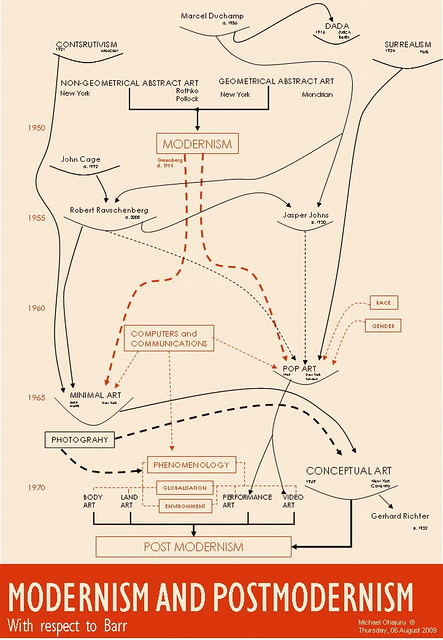 |
| Matthias Wivel explaining Lorenzo Lotto, Portrait of a Lady as Lucretia |
 |
I found Lorenzo Lotto Portraits a profoundly moving, learning and exciting experience; I was deeply moved by the quality of Lotto’s portraiture, I learned something very new to me about the framing of paintings from the period, and was really excited to see another innovatively curated exhibition from the brilliant Matthias Wivel the National’s curator of its 16th century Italian paintings.
Twenty-eight of Lotto’s portraits are presented in chronological over four rooms of the National’s ground floor gallery space. Room one explores Lotto’s work from his time in Treviso (1503-06), room two has his portraits from Bergamo (1513-49), room three those from his time in Venice (1525-49) and finally room 4 is dedicated to his late works.
The Portraits
 |
| Lorenzo Lotto, Portrait of an Elderly Gentleman with Gloves (liberale da Pinedel) |
Each of Lotto’s portrait has a personality I’d never noticed in his work before, in contrast to his contemporaries Lotto was painting the person not the position. Portraits by Titian and Veronese were monumental, designed to show the status and gravitas of the sitter. Lotto on the other hand seems to reach into the person’s soul capturing their humanity.
Quoting Bernard Berenson the art historian, who in 1895 wrote in the first monograph on Lotto: [he] was the first Italian painter who was sensitive to the varying status of the human soul. Never before or since has anyone brought out on the face more of the inner life….
I would not go so far, I would look to Leonardo for that crown and later there’s Velasquez, Rembrandt and others. I would however agree with Matthias more measured consideration of Lotto’s portraits, to him they ‘feel more direct, less filtered, than those of his contemporaries notably Titian’s more elevated idealised portraiture…..there is sense of understating what makes each sitter tick’
 |
| Titian, Self-Portrait, around 60 |
 |
| Titian, Self-Portrait, around 63 |
I was particularly struck by one of his late works Portrait of an elderly gentleman with gloves (Liberale da Pinedale). Which Matthias pointed out had some of the profound soul-searching depth to be seen in Rembrandt’s portraits. The sitter’s direct steady, contemplative gaze spoke to me putting me mind not just of Rembrandt’s late self-portraits but also penetrating, autobiographical portraits deep in old age by Picasso and Stanley Spencer.
 |
| Stanley Spencer, Self-Portrait, 68 |
The Curation
 |
| Lorenzo Lotto, Portrait of Andrea Odoni, Installation |
The curation is wonderfully innovative as it included objects that relate to or are to be found in the portraits on display, making connections outside the frame, really bringing the portraits to life.
I first saw the National make this type of connection at another exhibition curated by Matthias Wivel the brilliant (to my eye) Sebastiano and Michelangelo (Matthais‘s 60 min analysis of Sebastiano and Michelangelo on YouTube is well worth watching) which had many sculptures and drawings which related to the works on the display, helping to put the works in context.
Lorenzo Lotto Portraits similarly has objects on display beside the pictures they are depicted in, notably the famous likeness of the Venetian collector Andrea Odoni from the Royal Collection. It has several of the objects Lotto surrounds Odoni with in his portrait.
The actual sculptures as seen in the painting including the headless Venus, a much admired piece from the collection of a Paduan humanist who owned the original is on display as well as the bust of Hadrian, not the plaster cast owned by Odini, the one of display is the actual original owned by Cardinal Domenico Grimani, one of the great Venetian collectors of antiquities at the time, all adding interest to Lotto’s portrait of Odoni.
Picture Covers
 |
| Lorenzo Lotto, Portrait of Bishop Bernardo de’Rossi, Installation |
Bishop Bernado de’Rossi portrait would originally have had a cover as shown in the picture above. The frame and its cover seemed to have been separated, miraculously the cover survives and was on show. Its cover was an allegory of the life of de’Roissi and included his crest.
 |
| Lorenzo Lotto, Bishop Thomas Nigris |
 |
| Lorenzo Lotto, Bishop Thomas Nigris Detail showing frame cover |
Conclusion
I came away really impressed by the range and quality of Lotto’s portraits and the concept of portrait covers was a revelation to me. Matthias Wivel’s curation is excellent, really bringing Lotto’s portraits to life, enhancing the viewing experience. I recommend anyone interested in Renaissance art then there is something here for you in Lorenzo Lotto Portraits and it’s free! #Recommended



